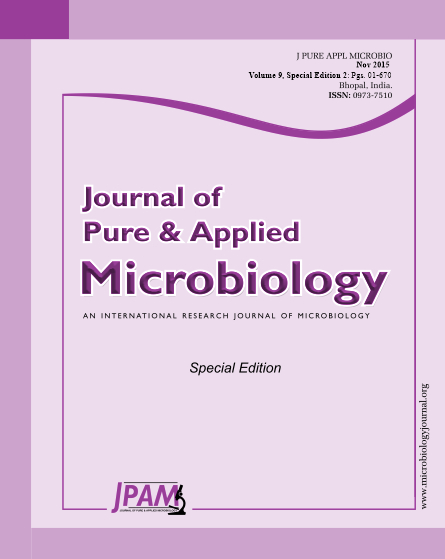This study aimed to select the strain of Bacillus spp. as a starter culture for enriching isoflavone aglycones in traditional Thai fermented soybean (thua-nao) production. Forty-one strains of Bacillus spp. from Thai thua-nao and Japanese natto were characterized and divided into 5 groups; Bacillus licheniformis, Bacillus coagulans, Bacillus subtilis, Bacillus pumilus and Bacillus megaterium. Each strain was used to produce thua-nao. As a result, Bacillus PR03 produced the highest amount of isoflavone aglycones (146 mg/100g dry weight; 3.81 times higher than the amount in soybean) and was selected as the starter culture. According to 16S rDNA sequencing, Bacillus PR03 was identified as B. coagulans with 99.93% identical to IAM12463 strain. B. coagulans have never been reported as predominant bacteria in soybean fermentation. Therefore, this is the first research using B. coagulans as predominant bacteria for producing thua-nao. To enrich isoflavone aglycones in thua-nao production by B. coagulans PR03, it was found that the fermentation time of 5 d resulted in the optimal contents of daidzein, genistein, glycitein and total aglycones; 94.16, 68.29, 6.33 and 168.77 mg/100 g dry weight, respectively. With improved functional properties, the enriched isoflavone aglycones thua-nao could be applied as an ingredient in functional food development.
isoflavones, aglycones, glucosides, fermented soybean, Bacillus
© The Author(s) 2015. Open Access. This article is distributed under the terms of the Creative Commons Attribution 4.0 International License which permits unrestricted use, sharing, distribution, and reproduction in any medium, provided you give appropriate credit to the original author(s) and the source, provide a link to the Creative Commons license, and indicate if changes were made.


